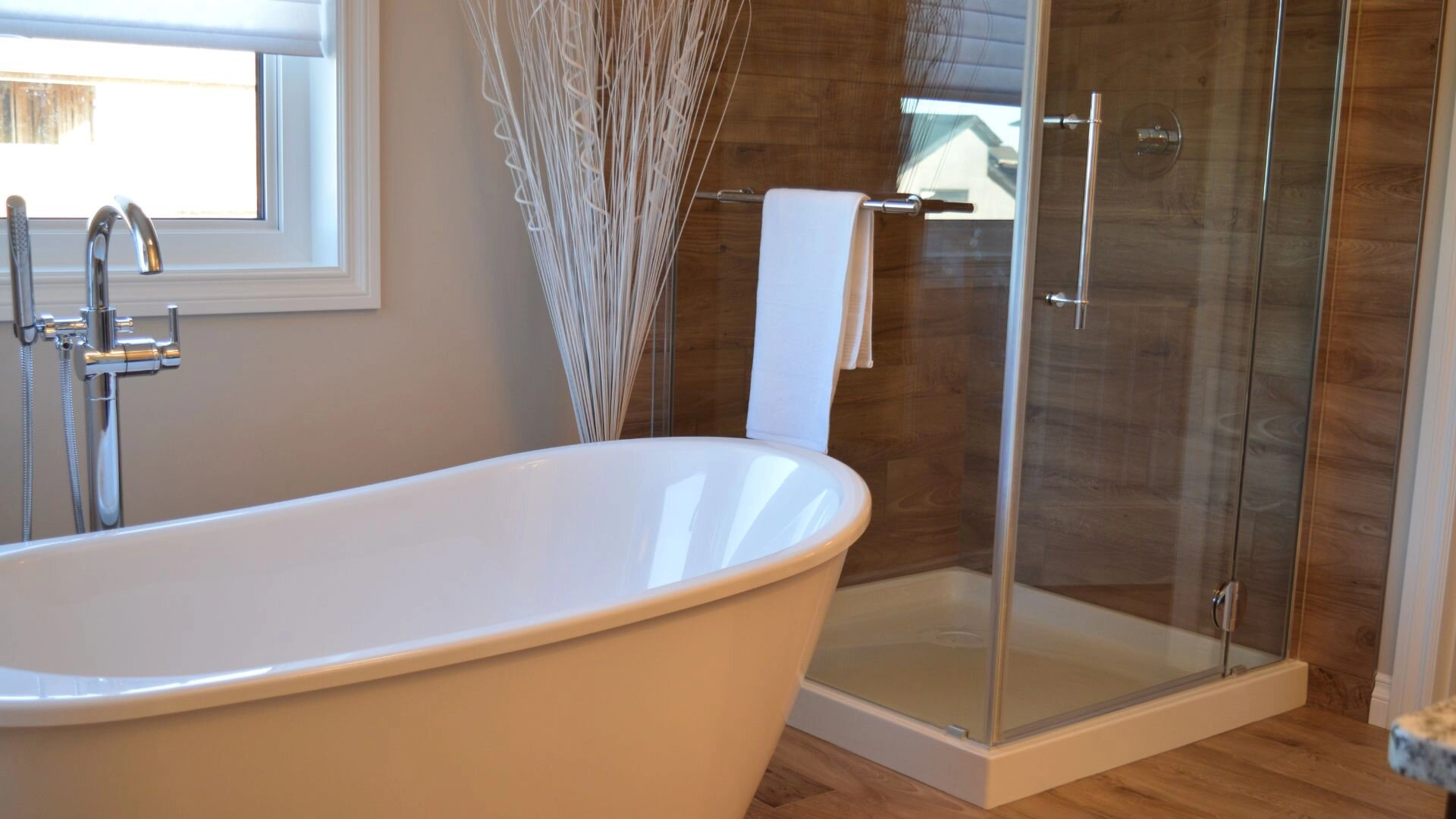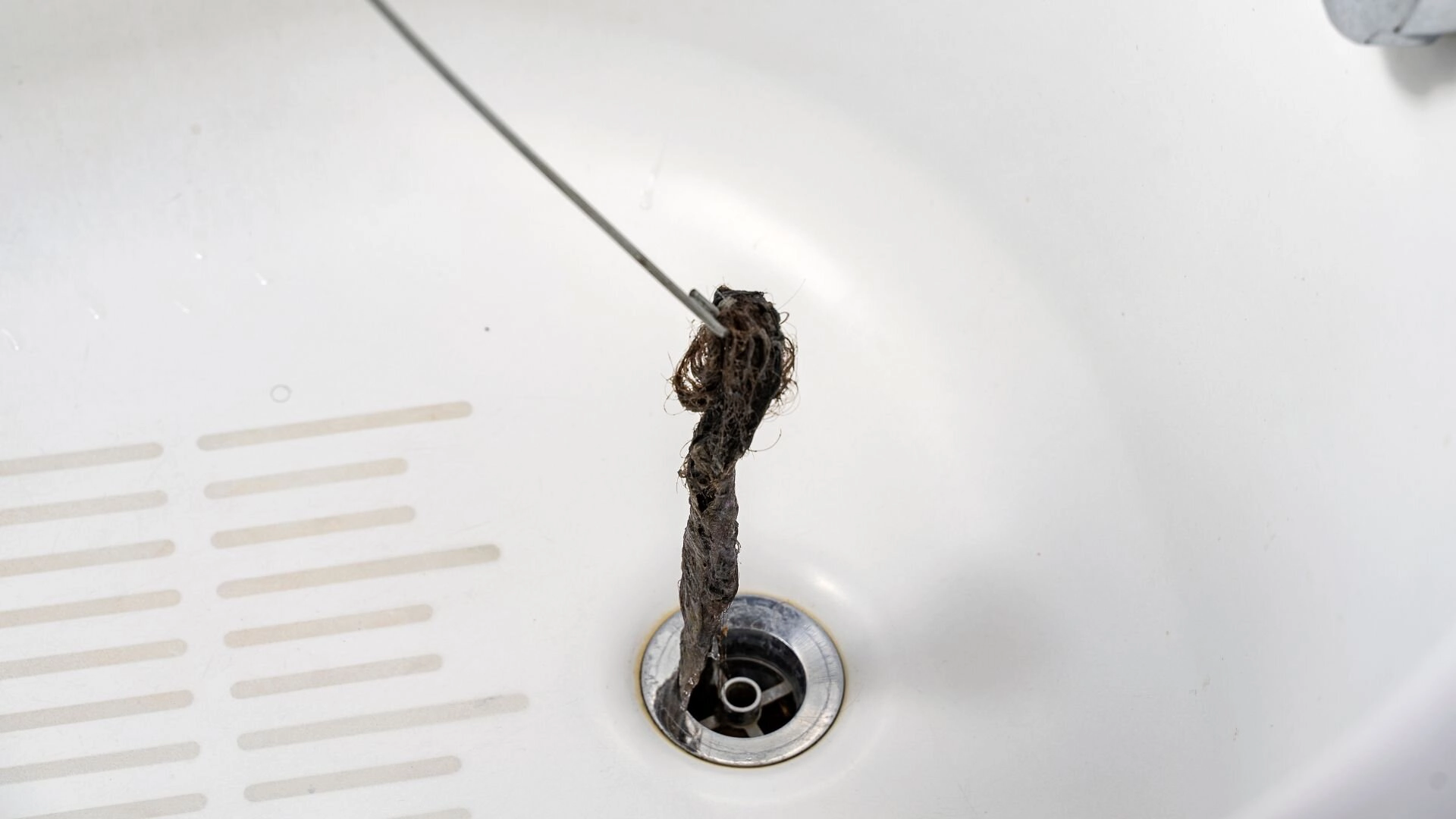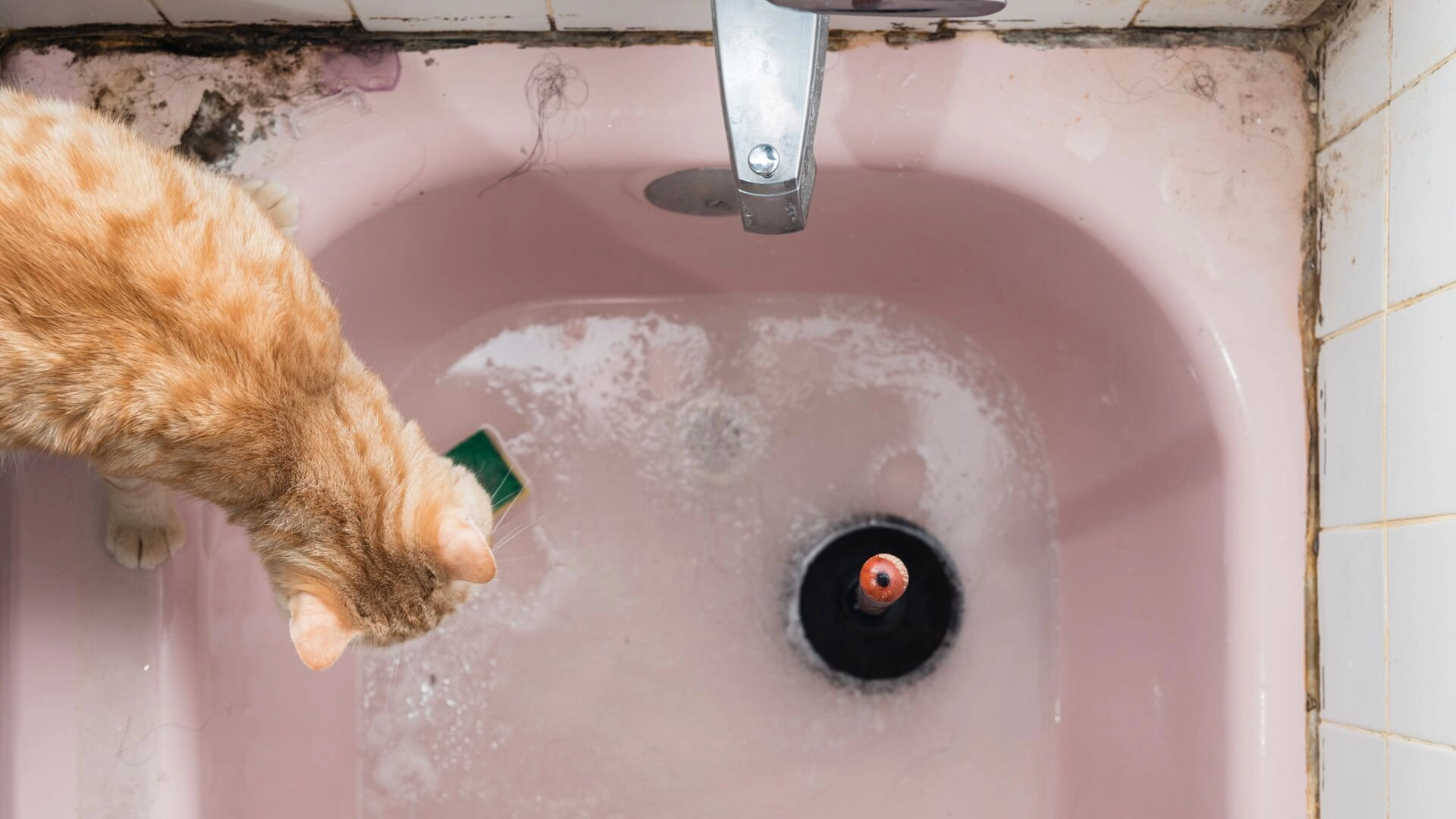Chemical-Free Ways to Unblock a Bath Drain
Discover effective, chemical-free ways to unclog your bathtub drain using simple household items. Learn how to use boiling water, baking soda, vinegar, plungers, and drain snakes to remove blockages without harsh chemicals.
Have you ever found yourself standing in a pool of water while showering due to a clogged bathtub drain? Many homeowners face this frustrating experience at some point.
When confronted with a slow drain or complete blockage, it’s common to reach for a chemical drain cleaner as a quick fix. However, these products often contain harsh chemicals that can corrode pipes, damage plumbing systems, and harm the environment.
Fortunately, you don’t need to rely on toxic substances to unclog your drains. There are several effective home remedies and chemical-free ways to unblock a bath drain using everyday household items.
Reaching for these natural methods can save money, protect your plumbing, and minimise environmental impact. This article explores some of the best chemical-free techniques for tackling a clogged drain without resorting to dangerous chemicals.
So, put down that bottle of chemical drain cleaner and explore some safe, eco-friendly solutions for a clog-free bathtub drain.
Why You Should Avoid Chemical Drain Cleaners
While chemical drain cleaners are often marketed as a quick and easy solution for clogged drains, they have many potential risks and drawbacks. Despite their widespread availability and popularity, these products contain toxic chemicals that can cause more harm than good to plumbing, health, and the environment.

One of the primary concerns with chemical drain cleaners is their corrosive nature. The harsh chemicals in these products, such as lye and sulphuric acid, can eat away at your pipes over time, leading to leaks, cracks, and eventual pipe failure . This is particularly true for older homes with metal or ceramic pipes, which are more susceptible to damage from these caustic substances.
In addition to the potential for plumbing damage, chemical drain cleaners can also pose serious health risks. The toxic chemicals in these products can release harmful fumes that irritate your eyes, nose, and throat and can even cause burns if they come into contact with your skin. Accidental ingestion can lead to severe injury or even death.
When you use chemical drain cleaners, you’re not addressing the underlying cause of your drainage issues. These products may temporarily dissolve the clog, but they don’t prevent future blockages from occurring.
Natural Clogged Drain Solutions
Boiling Water Method
One of the simplest and most effective ways to unclog a drain is using boiling water. This method works best for minor clogs and slow-draining sinks caused by soap scum, hair, and small debris.
To start, remove the drain stopper and any visible debris. Then, boil a pot of water and slowly pour it into the drain. The heat from the boiling water can help break down the clog, making it easier to flush away. For best results, repeat this process a few times.
Baking Soda and Vinegar Method
Another popular chemical-free way to unblock a bath drain is to use baking soda and vinegar together. These two ingredients create a fizzing reaction that can help dissolve clogs and clear pipes.
To use this method, start by removing the drain stopper and pouring a cup of baking soda down the drain. Next, pour a cup of white vinegar down the drain and immediately cover the drain opening with a stopper or cloth. Allow the mixture to sit for at least an hour or overnight for tough clogs. Finally, flush the drain with hot water to rinse away the baking soda, vinegar, and loosened debris.
Plunger Method
A plunger is a simple but effective tool for unclogging drains without chemicals . To use a plunger on your bathtub drain, fill the tub with enough hot water to cover the plunger’s head. Then, place the plunger over the drain and ensure that it forms a tight seal. Pump the plunger vigorously several times to create suction and dislodge the clog.
If the water starts to drain, continue plunging until the clog is entirely removed. Finally, run hot water down the drain for a few minutes to flush away any remaining debris.
Drain Snake Method
For more challenging clogs that don’t respond to boiling water, baking soda and vinegar or plunging a drain snake may be necessary. A drain snake, also known as a plumber’s auger, is a flexible, coiled wire that can be inserted into the drain to physically remove blockages.
To use a drain snake, start by inserting the end into the drain opening. Turn the handle to extend the wire through the pipe until you feel resistance, indicating that you’ve reached the clog. Continue turning the handle to break the blockage and pull it out of the drain. Finally, run hot water to flush the pipe and remove the clog.
If you do not have a drain snake to remove the clog from your bathroom or kitchen sink drain, you can also try using a wire coat hanger to remove the clogs.

Prevention Tips
Preventing clogs from forming in your bathtub , kitchen sink drain or bathroom sink is always preferable to dealing with a blocked drain later on. By adopting some simple habits and using a few inexpensive tools, you can significantly reduce the likelihood of clogs and keep your drains flowing freely. Here are some tips to help you prevent blockages:
Use a Drain Cover or Strainer
A drain cover or strainer is one of the easiest and most effective ways to prevent clogs . These simple devices fit over your drain opening and catch hair, soap scum, and other debris before it can enter your pipes. Clean your drain cover regularly to prevent build-up and maintain optimal water flow.
Regularly Remove Visible Debris
Some debris may still find its way into your drain opening, even with a drain cover. Regularly remove any visible accumulation from your drain to prevent this debris from causing a clog.
Avoid Flushing Problematic Items
Your toilet, kitchen sink, and bathroom sink are designed to handle water, soap, and minimal hair. However, flushing other items like cotton swabs, hygiene products, and excessive hair can lead to clogs over time. Be mindful of what you allow to go down your drain, and dispose of problematic items in the trash instead.
Perform Regular Maintenance
In addition to daily prevention habits, regular maintenance can help keep your drains clear. Once a week, pour a pot of boiling water down your bathtub drain to help dissolve and flush away any soap scum or debris that may be building up in your pipes.

Free Flowing Bathtub Drain, Yes Please!
Unclogging a bathtub drain doesn’t have to involve harsh chemicals or toxic fumes.
Chemical-free methods like boiling water, baking soda and vinegar, plunging, and using a drain snake can effectively remove blockages and keep your drains flowing freely. By incorporating these techniques into your regular home maintenance routine and following prevention tips, you can avoid the need for chemical drain cleaners altogether.
These methods are not only better for your plumbing and the environment but also save you money and reduce your exposure to harmful substances. The next time you face a clog, try these chemical-free ways to unblock a bath drain—you may be surprised at how effective they can be!
If you still have issues with your bathtub drain , ! We offer fast and efficient blocked drain solutions for all areas around Sydney! All you need to do is call us at 0412 706 575!